Digital transformation and innovation , new ways to preserve old values
In Quang Nam (now Da Nang), a group of high school students carried out a project to create animated clips telling stories about Bai Choi, using local accents and the context of the Central region.
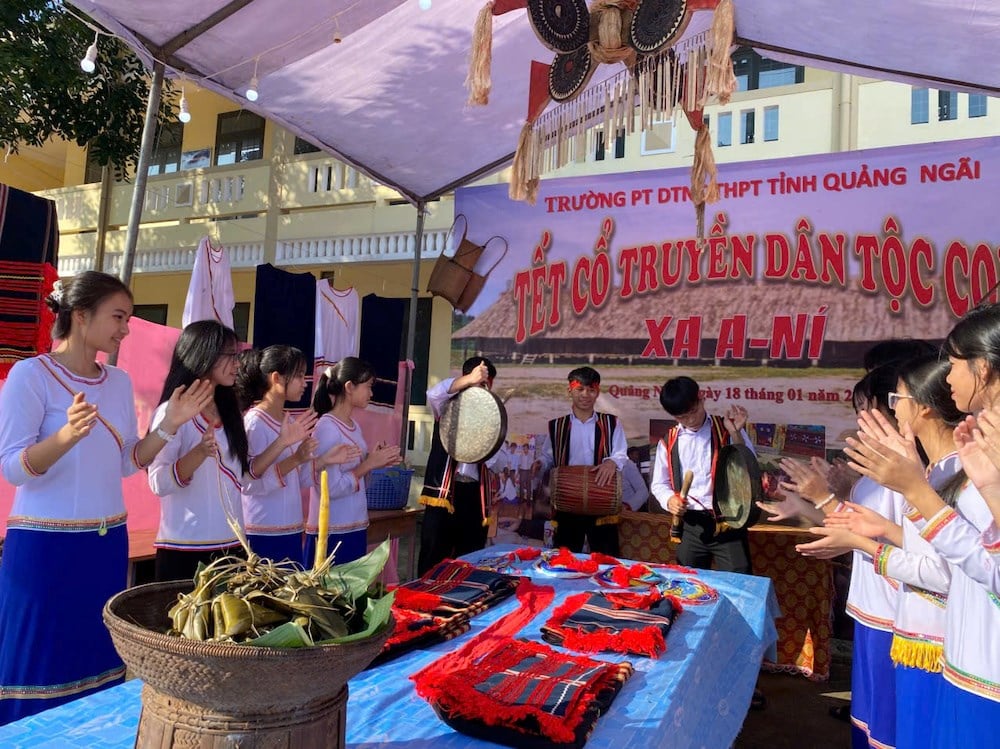
The product was shared on social networks and spread to the community, attracting thousands of views and positive shares from both teachers and parents.
In Hoi An, students organized the "School Countryside Market" activity to recreate the ancient village space, introduce local dishes, games, and melodies to international friends. In addition, a group of secondary school students made a heritage map of Nam O.
Under the guidance of teachers and artisans, the students recorded their stories, filmed videos of customs, and digitized the documents into interactive maps to display in the school library. The project was selected as a typical model for students researching heritage throughout the city in 2024.

To preserve and develop the heritage of Ca Hue, the Department of Culture and Sports of Hue City cooperates with the Department of Education and Training to develop and implement a program to bring Ca Hue heritage into schools with two contents: Training in singing Ca Hue for music teachers of secondary schools in Hue City and teaching Ca Hue to students in the form of Ca Hue Clubs at secondary schools.
Schools have proactively developed organization plans, with many forms such as: Organizing Hue singing performances during the flag-raising ceremony at the beginning of the week, opening ceremonies and celebrations, art festivals, and extracurricular learning programs to spread and create positive effects on the Hue singing artistic heritage.
Thanks to that, the Hue Singing Club model at secondary schools in the city has attracted the attention of many students.
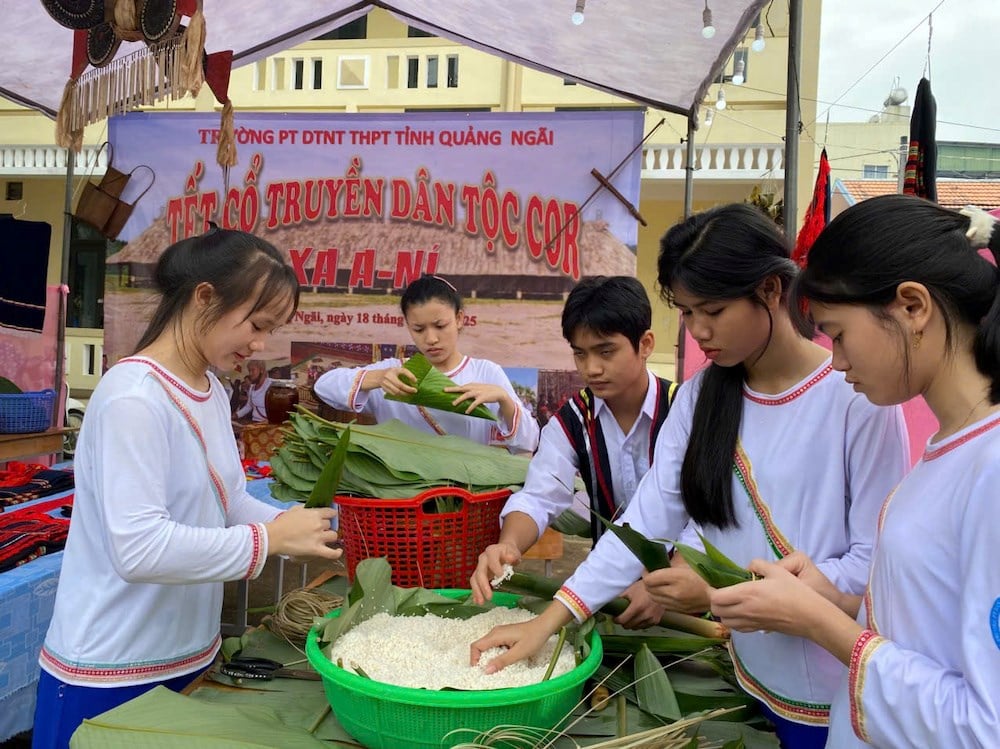
Despite many positive signs, traditional cultural education models are still localized and unsystematic. Lack of funding, specialized teachers and teaching materials makes it difficult for schools to sustain in the long term. Activities often stop at the level of short-term projects or movements.
Many experts believe that the Ministry of Education and Training and departments need to issue a framework to guide the integration of regional cultural education into the official curriculum. At the same time, localities need to build a digital database on heritage, have policies to support artisans teaching in schools, and promote experiential activities instead of cultural theorizing.
Linking three houses : school - artisan - government
In fact, the most successful models are the result of close cooperation between three entities: schools, artisans and the government. In Da Nang, the local government supports the organization of the fishing festival and creates conditions for artisans to teach at schools.
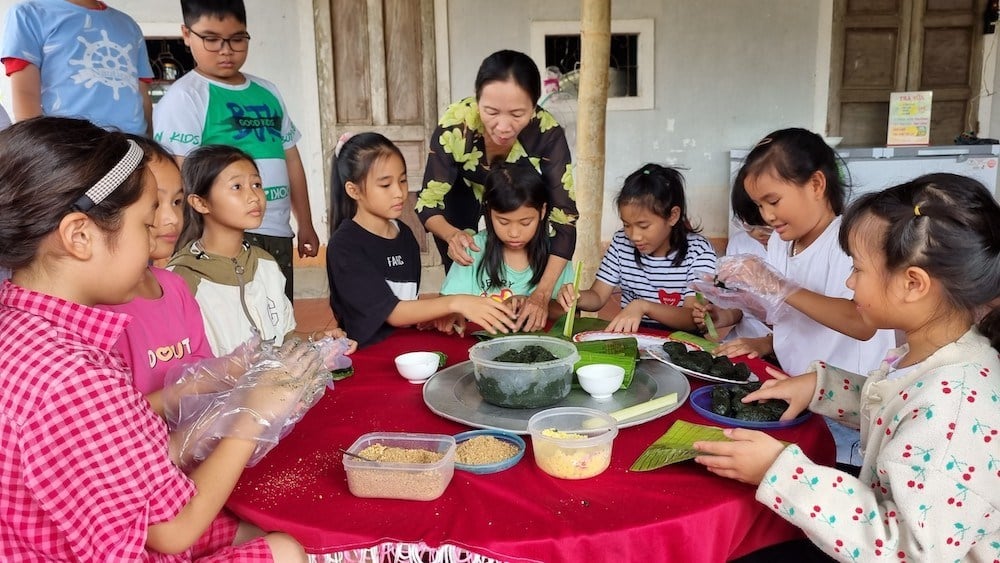
In Hue, the education sector has developed a plan to integrate culture into lessons and mobilize artists, museums, and researchers to participate.
Quang Ngai is a typical example when schools in Binh Son district organized a connection between the school - craft village - government to maintain classes on singing bai choi, ho khoan, net weaving skills, and making model boats.
Commune and ward authorities support locations and funding; schools provide teachers to guide and plan learning by topic; the community provides materials and invites elderly people to teach.
A prominent new trend is to combine cultural education in schools with community tourism development. Students not only learn culture to know but also to do, organize experiential tours, explain to tourists, and perform traditional arts in local festivals.
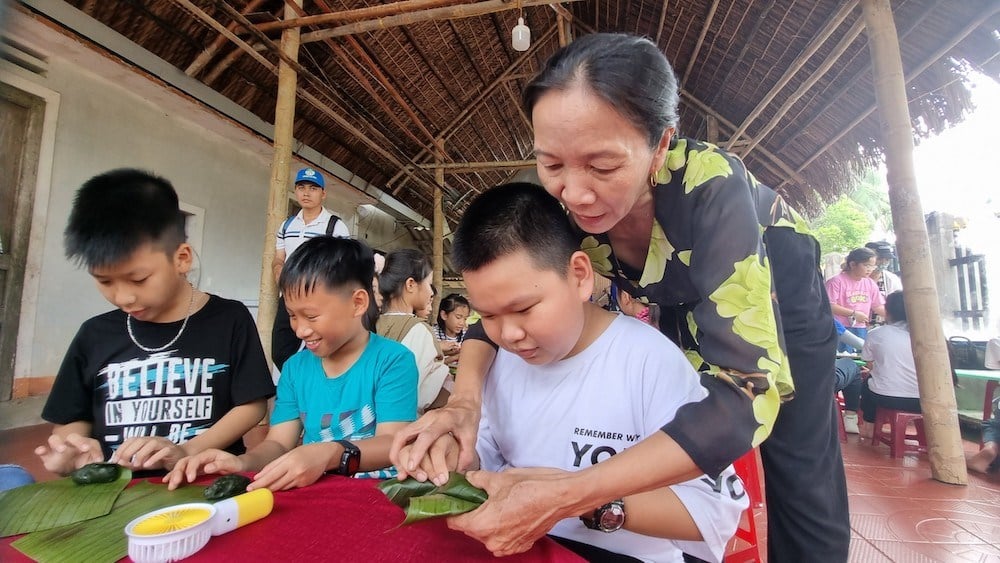
The model in Hoi An or Ganh Yen (Quang Ngai) is opening up a sustainable direction, students are the bridge between heritage and the international community.
This is also the foundation for forming a future generation of workers with a deep understanding of local identity, which experts say will create a competitive advantage in the context of integration.
As students mature from culture, they will be competent to work in tourism, services, research, heritage conservation and communication.
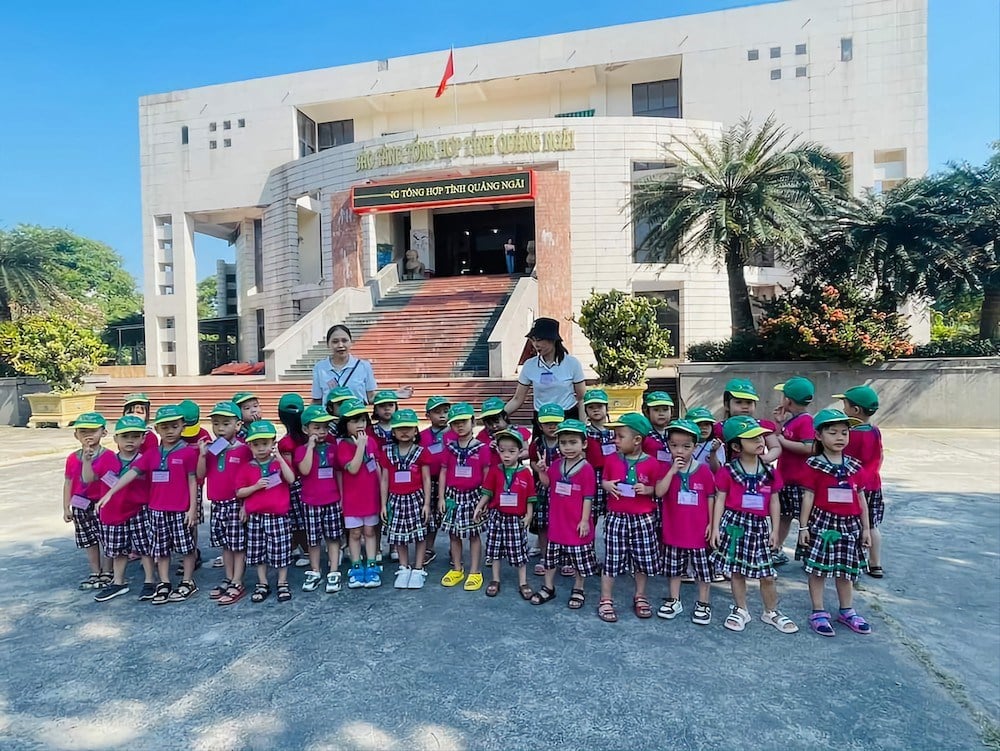
In the era of globalization, cultural education is no longer a sideline. It is the thread that holds the roots, the way for people to develop harmoniously between modernity and tradition. For students, traditional culture not only helps them understand their homeland, but also helps shape their personality, lifestyle, and love for the community.
Instilling culture in schools is a long-term journey that requires perseverance and consensus. From Hue to Quang Ngai, small models are creating big waves. What needs to be done now is to elevate it to a strategy, so that traditional culture does not only live in books, but also in the souls, actions, choices and future of the young generation.
Source: https://baovanhoa.vn/van-hoa/bai-cuoi-giu-mach-van-hoa-giu-coi-nguon-dan-toc-153887.html



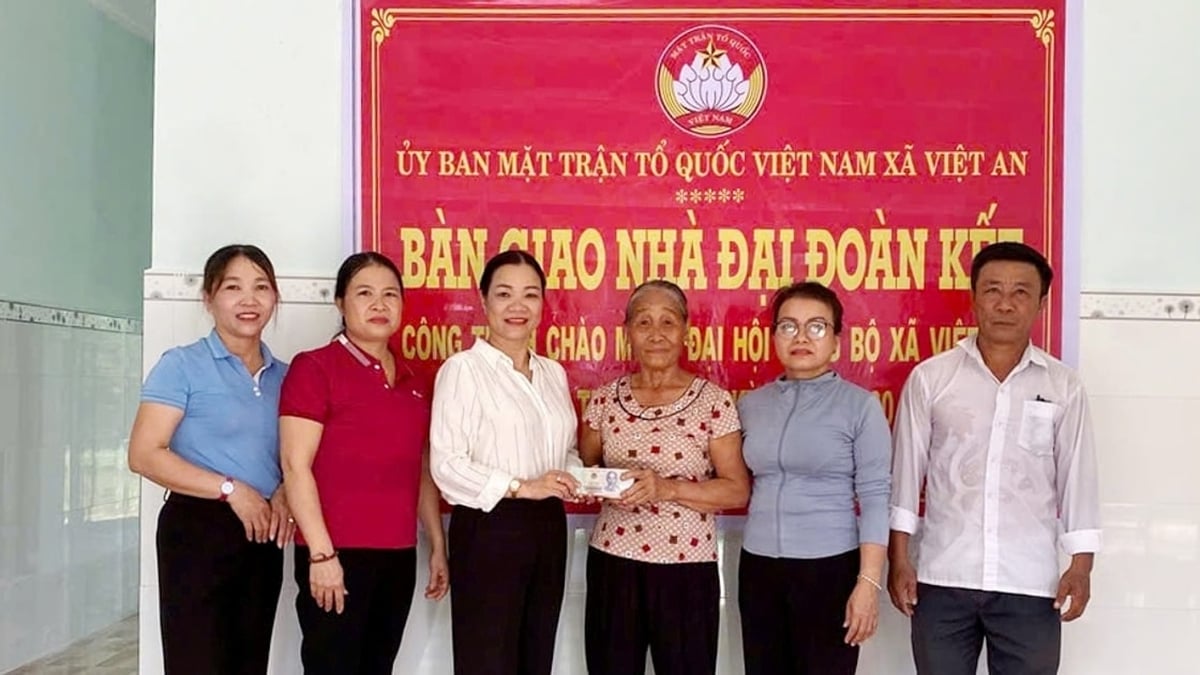

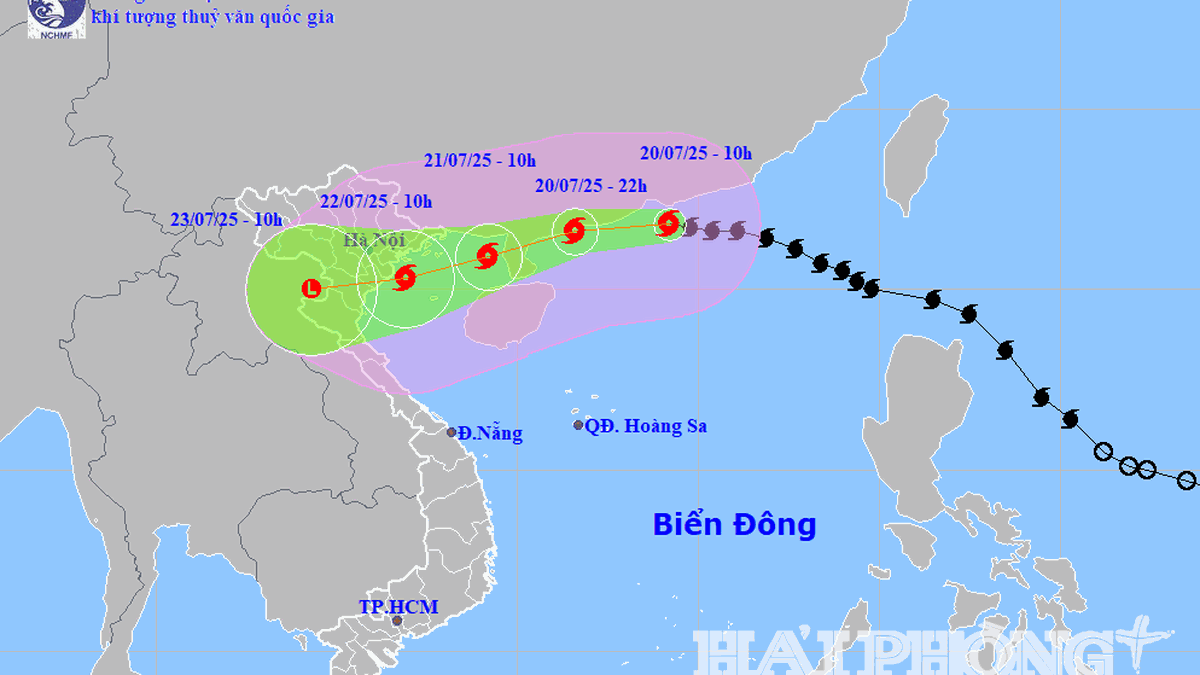
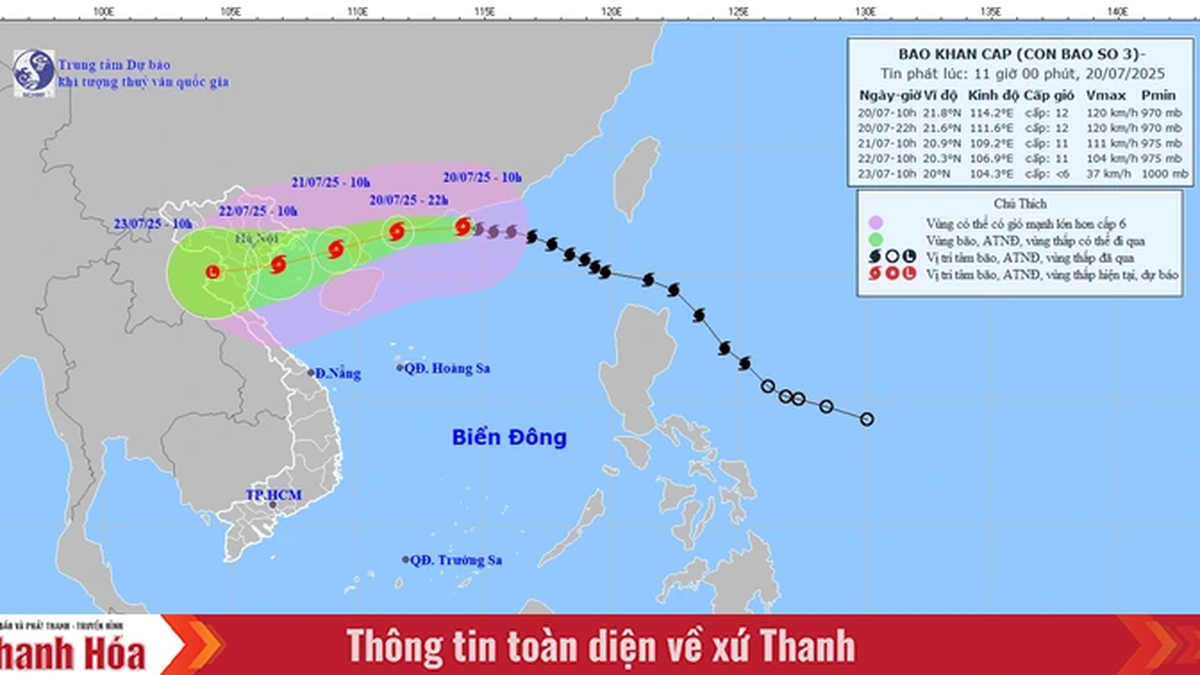


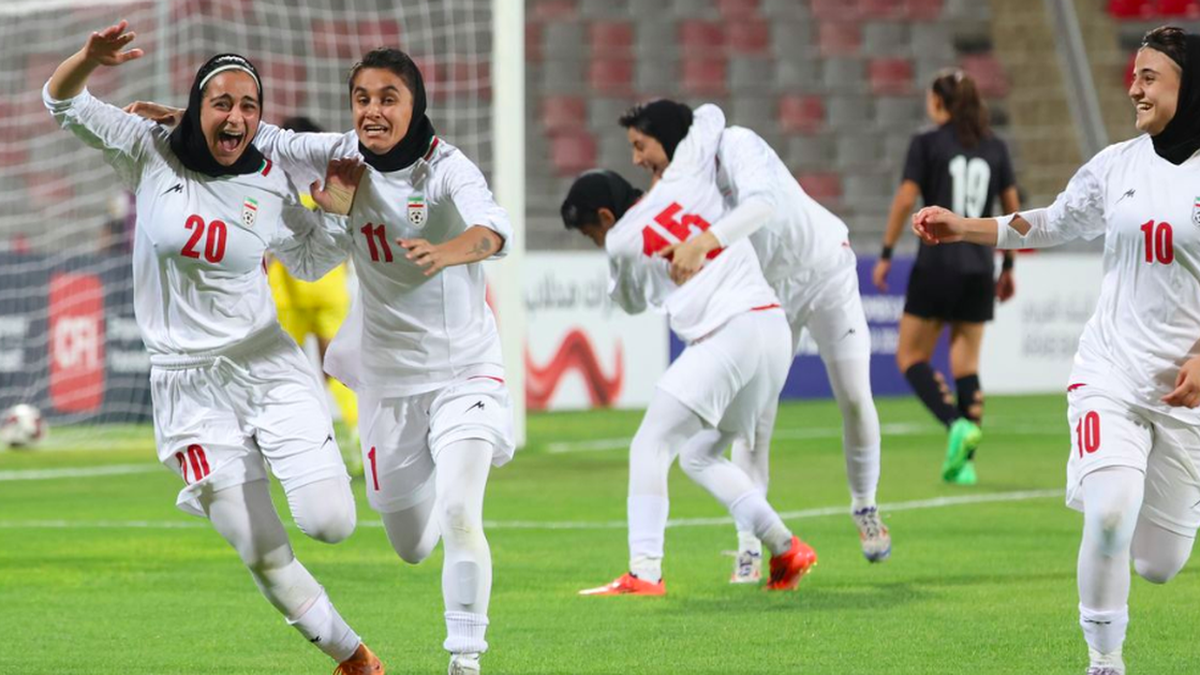
















![[Photo] National Assembly Chairman Tran Thanh Man visits Vietnamese Heroic Mother Ta Thi Tran](https://vphoto.vietnam.vn/thumb/1200x675/vietnam/resource/IMAGE/2025/7/20/765c0bd057dd44ad83ab89fe0255b783)


































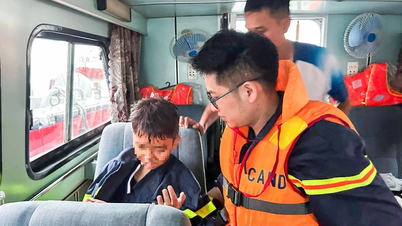

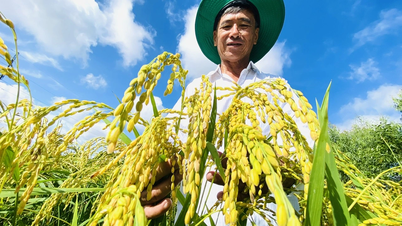



































Comment (0)